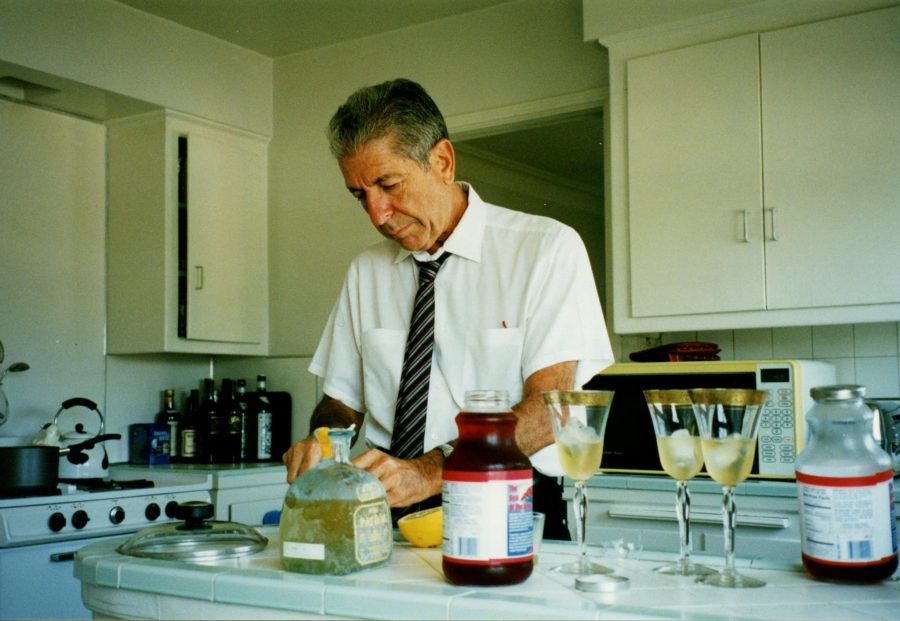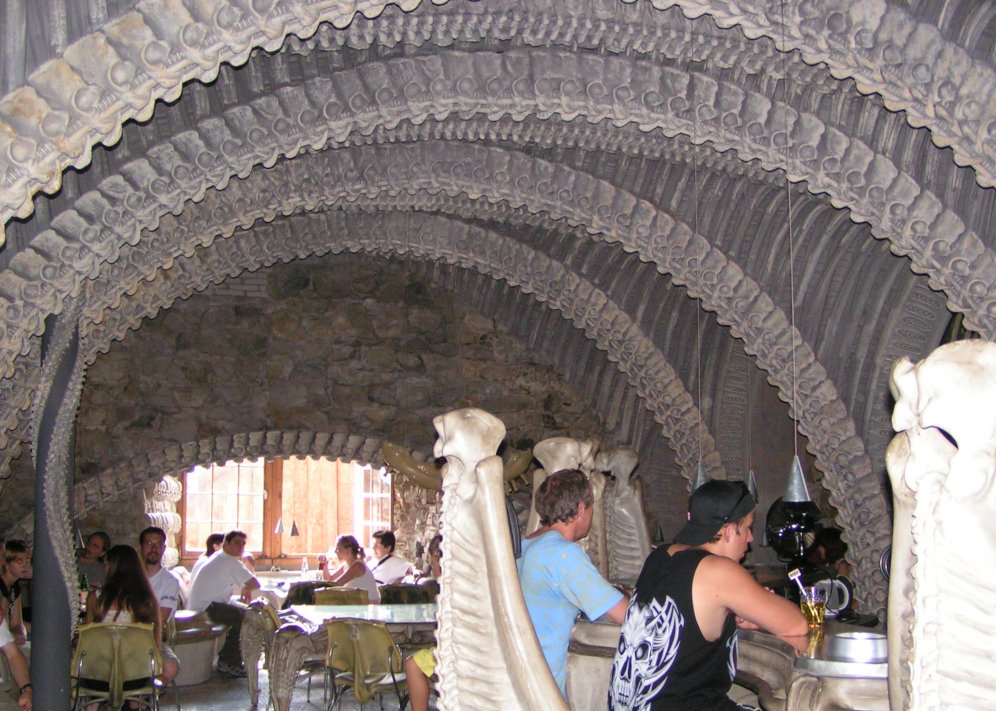There is a right way to eat every dish, as an ever-increasing abundance of internet videos daily informs us. But how did we navigate our first encounters with unfamiliar foods thirty, forty, fifty years ago? With no way to learn online, we had no choice but to learn in real life, assuming we could find a trusted figure well-versed in the ways of eating from whom to learn — a sensei, as they say in Japanese, the kind of wise elder depicted in the film clip above, a scene that takes place in a ramen shop. “Master,” asks the young student, “soup first or noodles first?” The ramen master’s reply: “First, observe the whole bowl. Appreciate its gestalt. Savor the aromas.”
Behold the “jewels of fat glittering on its surface,” the “shinachiku roots shining,” the “seaweed lowly sinking, the “spring onions floating.” The eater’s first action must be to “caress the surface with the chopstick tips” in order to “express affection.” The second is to “poke the pork” — don’t eat it, just touch it — then “pick it up and dip it into the soup on the right of the bowl.” The most important part? To “apologize to the pork by saying, ‘See you soon.’ ” Then the eating can commence, “noodles first,” but “while slurping the noodles, look at the pork. Eye it affectionately.” After then sipping the soup three times, the master picks up a slice of pork “as if making a major decision in life,” and taps it on the side of the bowl. Why? “To drain it.” To those who know Japanese food culture for the value it places on aesthetic sensitivity and adherence to form, this scene may look perfectly realistic.
But those who know Japanese cinema will have recognized immediately the opening of Tampopo, the beloved 1985 comedy that satirizes through food both Japanese culture and humanity itself. In his review of the film, Roger Ebert describes the ramen-master vignette as depicting “a kind of gastronomic religion, and director Juzo Itami creates a scene that makes noodles in this movie more interesting than sex and violence in many another.” Not that Tampopo, for all its cheerfulness (Ebert calls it “a bemused meditation on human nature in which one humorous situation flows into another offhandedly, as if life were a series of smiles”) doesn’t also contain plenty of sex and violence. Walter Benjamin once said that every great work of art destroys or creates a genre. Tampopo creates the “ramen Western,” rolling a couple of cowboyish truckers (seen briefly in the clip above) into booming 1980 Tokyo to get a widow’s failing ramen shop into shape.
Through parody and slyer forms of allusion, Tampopo references cinema both Western and Eastern, and its cast includes actors who were or would become iconic: the student of ramen is played by Ken Watanabe, now known to audiences worldwide for his roles in Hollywood pictures like The Last Samurai and Inception. The master is played by Ryûtarô Ôtomo, a mainstay of samurai films from the late 1930s through the 1960s, who chose this as his very last role: the very day after shooting his scene, he committed suicide by jumping from the top of a building. (Itami would die under similar circumstances in 1997, some say with the involvement of the Yakuza.) Now that internet videos and other forms of 21st-century media are disseminating the relevant knowledge, we can all study to become masters of ramen, or for that matter of any dish we please — but can any of us hope to rise to the example of elegance, and hilariousness, laid down by Ôtomo’s final act on film?
Related Content:
The Right and Wrong Way to Eat Sushi: A Primer
How to Make Sushi: Free Video Lessons from a Master Sushi Chef
Cookpad, the Largest Recipe Site in Japan, Launches New Site in English
In Japanese Schools, Lunch Is As Much About Learning As It’s About Eating
Based in Seoul, Colin Marshall writes and broadcasts on cities, language, and culture. His projects include the book The Stateless City: a Walk through 21st-Century Los Angeles and the video series The City in Cinema. Follow him on Twitter at @colinmarshall or on Facebook.









